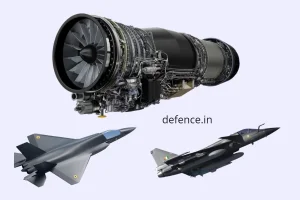- Views: 6K
- Replies: 44
In a move that has raised some eyebrows in the international defence community, India has opted to stick with modernized AL-31FP engines for its Su-30MKI "Super-30" upgrade program, despite Russia's state-owned arms exporter, Rosoboronexport, advocating for the superior AL-41F-1S engine.
While the AL-41F-1S, also known as the article 117S, boasts an 18% increase in thrust generation, improved fuel efficiency, and seamless compatibility with the Su-30MKI airframe, India's decision-makers have cited cost considerations, technology transfer opportunities, and the existing logistical and maintenance infrastructure supporting the AL-31FP as key factors in their choice.
The AL-31FP, though less powerful than its successor, has proven its reliability and effectiveness over the years, meeting the operational requirements of the Indian Air Force (IAF).
Moreover, India's plan to manufacture 240 AL-31FP engines domestically underscores the country's emphasis on self-reliance in defence production.
The decision also highlights India's pragmatic approach to defence procurement in a complex geopolitical landscape.
While the AL-41F-1S undoubtedly offers superior performance, the transition would necessitate substantial investments in upgrades and training, a burden India seems unwilling to bear under current budget constraints.
Despite Russia's disappointment with India's decision, the move reflects a carefully calculated balance between performance enhancement and fiscal prudence.
The modernized AL-31FP engines, with their upgraded FADEC-type digital control system, offer a significant improvement over the existing powerplants, ensuring that India's Su-30MKI fleet remains a formidable force in the region.
As India continues to strengthen its defence capabilities, the AL-31FP engine upgrade represents a strategic choice that prioritizes stability, reliability, and self-reliance.

